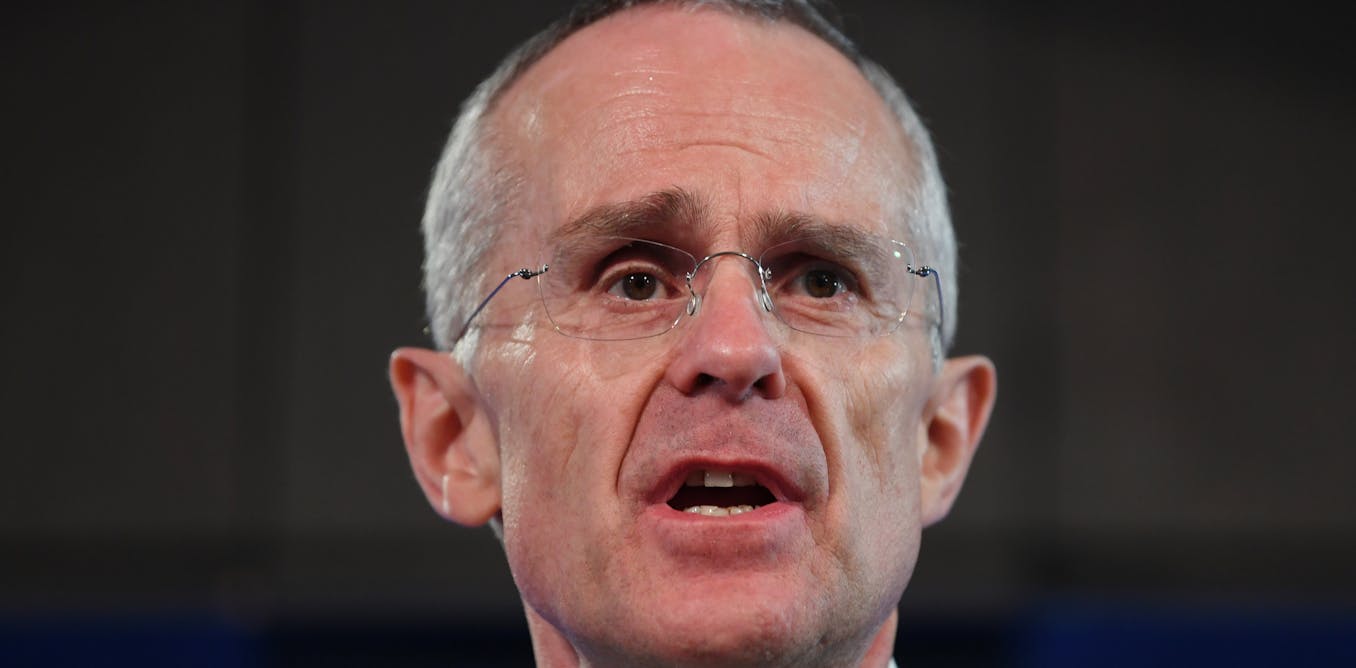
Power bills can fall – but the main attention must be on affordability: accc
- Select a language for the TTS:
- UK English Female
- UK English Male
- US English Female
- US English Male
- Australian Female
- Australian Male
- Language selected: (auto detect) - EN
Play all audios:

The chairman of the Australian Competition and Consumer Commission (ACCC), Rod Sims, holds out the prospect of an absolute fall in electricity bills over coming years – but says this will
require focusing centrally on affordability, not just reliability and sustainability. In its Retail Electricity Pricing Inquiry preliminary report into the electricity market, released on
Monday, the ACCC says residential electricity prices have increased by 63% on top of inflation in the last decade, with network costs being the major contributor. Household bills rose by
nearly 44%, from an average of A$,1177 in 2007-08 to $1,691 in 2016-17. Household bills have risen less than electricity prices because usage has fallen, mainly due to self-supply by solar
panels. The report comes as cabinet is set to consider on Monday the government’s energy policy, which it hopes to take to the Coalition partyroom on Tuesday. Energy Minister Josh Frydenberg
last week signalled the government had moved away from the Finkel inquiry’s recommendation for a clean energy target. Facing the prospect of a shortage of power in the period ahead, the
government is particularly focused on the need to increase dispatchable power. The clean energy target, even in modified form, is also unpopular in Coalition ranks. The ACCC report indicates
that supporting renewable energy has been a relatively minor driver of the spiking of prices. Sims – who flagged the ACCC findings when he addressed the National Press Club recently – says
affordability should be the “dominant” objective in policy but in recent years it has come after several other objectives – including reliability, dividends and sustainability. He said
different approaches were needed to pursue each of the objectives of affordability, reliability and sustainability. As reliability and sustainability were pursued, it was important to do it
in “the least-cost way and to let people know the costs”. “What’s clear from our report is that price increases over the past ten years are putting Australian businesses and consumers under
unacceptable pressure,” he said. The ACCC found that on average across the national electricity market (which does not include Western Australia or the Northern Territory), a 2015-16
residential bill was $1,524, excluding GST. This was made up of network costs (48%), wholesale costs (22%), environmental costs (7%), retail and other costs (16%) and retail margins (8%).
Sims said the primacy of network costs in rising bills was not widely recognised. Since July 2016, retail price rises were likely to be driven by higher wholesale prices. “We estimate that
higher wholesale costs during 2016-17 contributed to a $167 increase in bills. The wholesale (generation) market is highly concentrated and this is likely to be contributing to higher
wholesale electricity prices.” The ACCC estimates that in 2016-17 South Australia had the highest residential electricity prices, followed by Queensland, then Victoria and New South Wales.
SA prices were roughly double those in Europe. Sims said measures the government had already taken – notably telling companies to make customers aware of better deals, and its plan to scrap
the process allowing companies to appeal against decisions of the Australian Energy Regulator – would help lower prices. The ACCC is now looking in detail at further measures, ahead of
making a final report. In the meantime, its preliminary report puts forward some suggestions. These include the states reviewing concessions policy to ensure consumers know their
entitlements and concessions are well targeted to the needy, and a tougher stand against market breaches. It says increased generation capacity (particularly from non-vertically integrated
generators), preventing further consolidation of existing generation assets, and lowering gas prices could help reduce the pressure on bills. The ACCC will also look at how to mitigate the
effect of past investment decisions – but it notes that many are “locked in” and will continue to burden users for many years. It will as well consider what more can be done to make it
easier for consumers to switch suppliers. The report says that “an increasing number of consumers are reporting difficulties meeting their electricity costs, and some consumers have been
forced to minimise their spending on other essential services, including food and health services, to afford electricity bills. "Businesses across all sectors have faced even higher
increases over the past 12 months, following renegotiation of long term contracts. Many of these businesses cannot pass the increased costs on and are considering reducing staff or
relocating overseas. Some businesses have even been forced to close.” The ACCC’s final report will be released in June next year.
